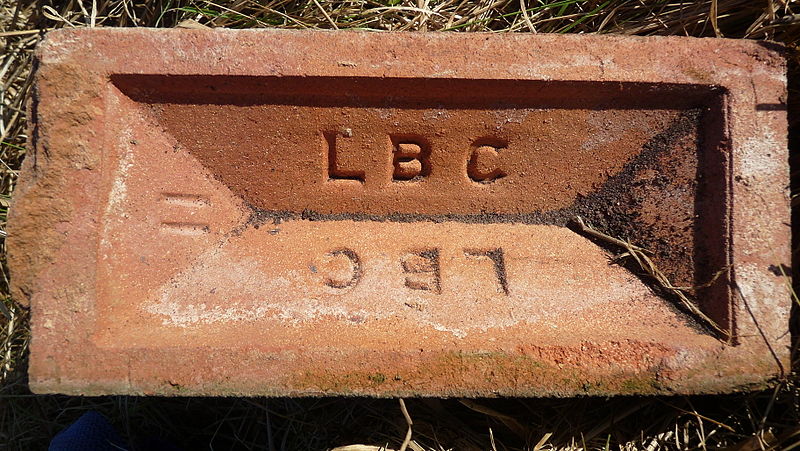Frog
Contents |
[edit] Introduction
A frog is an indentation in a brick that can be on one or two surfaces.
It is thought that the word frog is a translation of the Dutch word 'kikker' and refers to a kicker placed in the bottom of the wooden boxes traditionally used to make clay bricks, which forced the clay material outwards when the brick was being formed.
The frog reduces the amount of material used to form the brick, makes it easier to remove from the form, and gives the completed wall better shear resistance. It may also help heat reach the centre of clay bricks in the kiln.
The frog must be filled with mortar when bricks are laid, otherwise the structural, thermal and acoustic performance of the wall will be affected. For this reason it is best practice to lay bricks with the frog facing upwards so that it is easy to fill. Where there are two frogs, the larger frog should face upwards.
Where an acoustic internal partition is required, frogged bricks may also be specified. Again, these should be laid with the frog uppermost, so it can be properly filled with mortar.
[edit] Other 'frog' meanings
[edit] Kerbs
The term ‘frog’ is also used to describe a recess in a kerb, which reduces the weight of each unit. Haunch concrete fills the frog, so there is no loss of performance when laid.
[edit] Switches
In railway switches and crossings a frog is the term assigned to the V-shape which allows the flange of a wheel to pass where two rails cross.
[edit] Related articles on Designing Buildings Wiki
Featured articles and news
Moisture, fire safety and emerging trends in living walls
How wet is your wall?
Current policy explained and newly published consultation by the UK and Welsh Governments.
British architecture 1919–39. Book review.
Conservation of listed prefabs in Moseley.
Energy industry calls for urgent reform.
Heritage staff wellbeing at work survey.
A five minute introduction.
50th Golden anniversary ECA Edmundson apprentice award
Showcasing the very best electrotechnical and engineering services for half a century.
Welsh government consults on HRBs and reg changes
Seeking feedback on a new regulatory regime and a broad range of issues.
CIOB Client Guide (2nd edition) March 2025
Free download covering statutory dutyholder roles under the Building Safety Act and much more.
AI and automation in 3D modelling and spatial design
Can almost half of design development tasks be automated?
Minister quizzed, as responsibility transfers to MHCLG and BSR publishes new building control guidance.
UK environmental regulations reform 2025
Amid wider new approaches to ensure regulators and regulation support growth.
The maintenance challenge of tenements.
BSRIA Statutory Compliance Inspection Checklist
BG80/2025 now significantly updated to include requirements related to important changes in legislation.
Shortlist for the 2025 Roofscape Design Awards
Talent and innovation showcase announcement from the trussed rafter industry.























